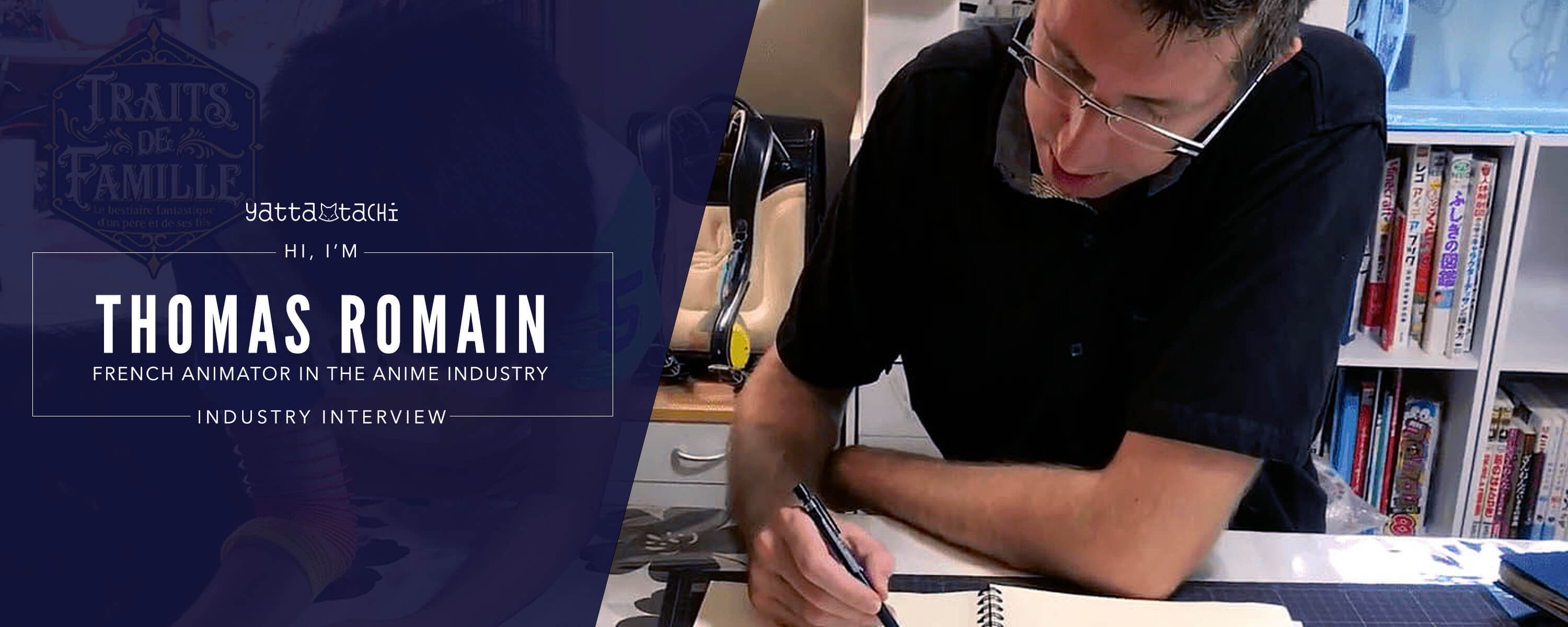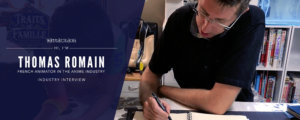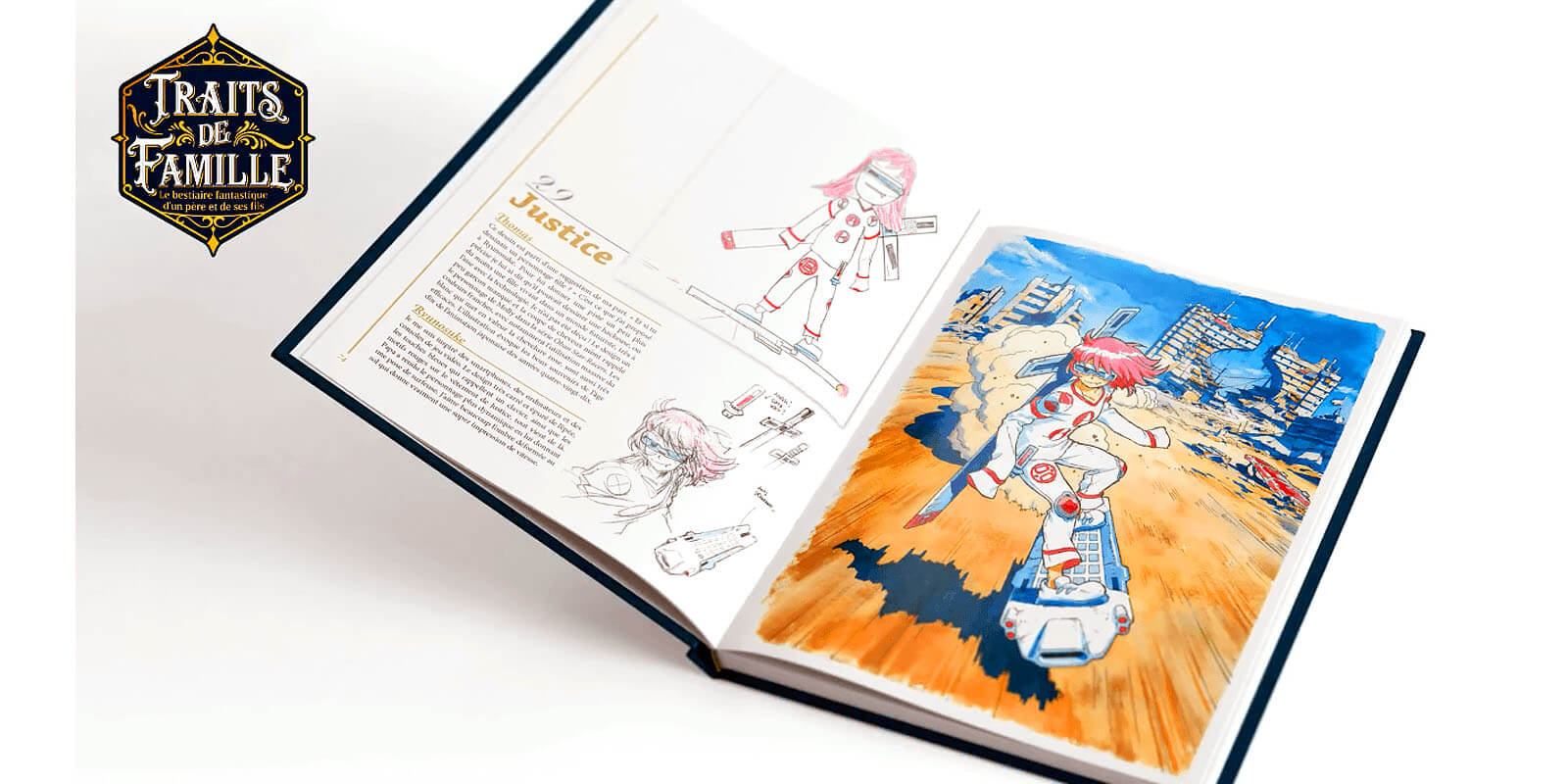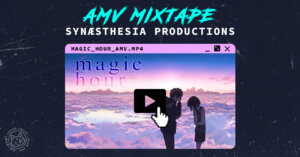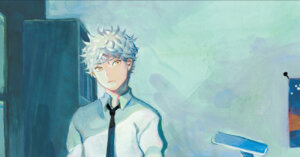You’ve probably heard of (or even watched) Code Lyoko and Oban Star-Racers while growing up. Code Lyoko debuted back in France in 2003, with Oban Star-Racers following along three years after. The man behind Code Lyoko, along with co-directing Oban Star-Racer is Thomas Romain, a famous and talented French Animator. With his long journey in animation, he soon moved to Japan and created a life within the anime world by joining the anime industry. Read a little into Thomas’ life, and learn behind the story he continues to create with both his sons by his side.
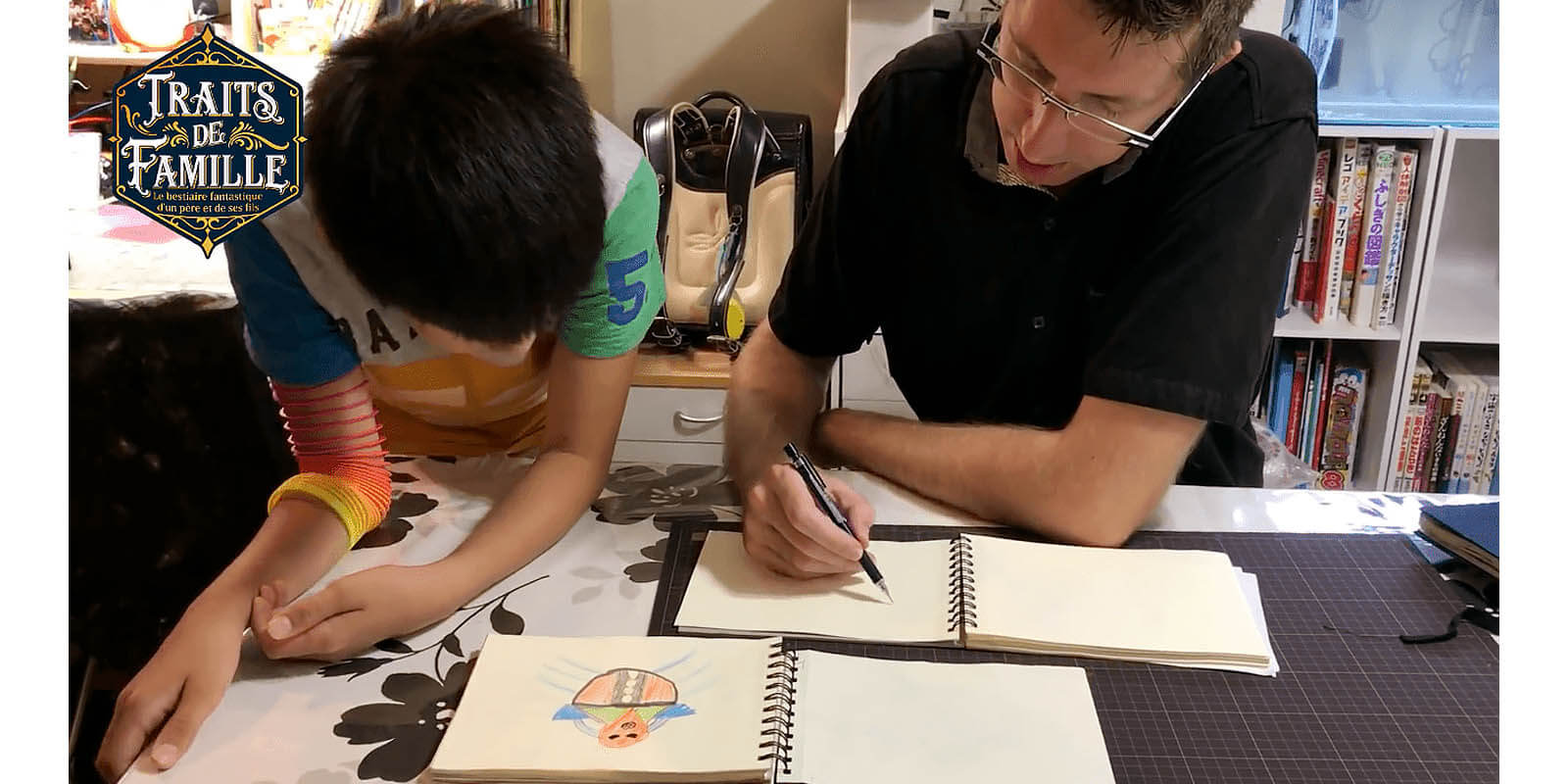
What brought you and your team inspiration while creating the opening and the ending for “Hakata Tonkotsu Ramens”?
I wasn’t familiar with the project at first. Actually, my only job on the show was to storyboard the opening and ending sequences, I wasn’t involved in the production of the episodes. The main inspiration came from the music and the design material I was given. What I usually do is to listen to the music lots of time and let the inspiration flow.
I had 2 one hour meetings with the animation producer and the director, Kenji Yasuda. They explained details to me about the main storyline, the background settings, and who were the main characters while showing me the designs.
I used Google Earth and Google street view to check how the city of Hakata looked and create the layouts of some cuts of the opening. Visually, Yasuda-san wanted something different from the episodes, something less realistic. I chose to work with lots of grey tones and character image colors (yellow for Enokida, purple for Bamba, orange for Rin, etc). He also asked me to stage most of the cuts at night to fit with the mood of the show.
For the ending, I had the idea to create one panel for each main character by mixing a still character drawing with objects that define his environment or identity. Actually, I was thinking about using these cuts in the opening at first, but they couldn’t fit in since it was too long. But as the staff really liked these cuts, we decided to develop the entire ending sequence around them.
With a first glimpse of the characters, did you have a favorite you immediately liked drawing?
Yes! I really liked Enokida. I don’t know why, but I’m into the color yellow recently. I bought yellow glasses, a yellow suitcase, and a yellow sweater… haha. I also liked his attitude and his style.
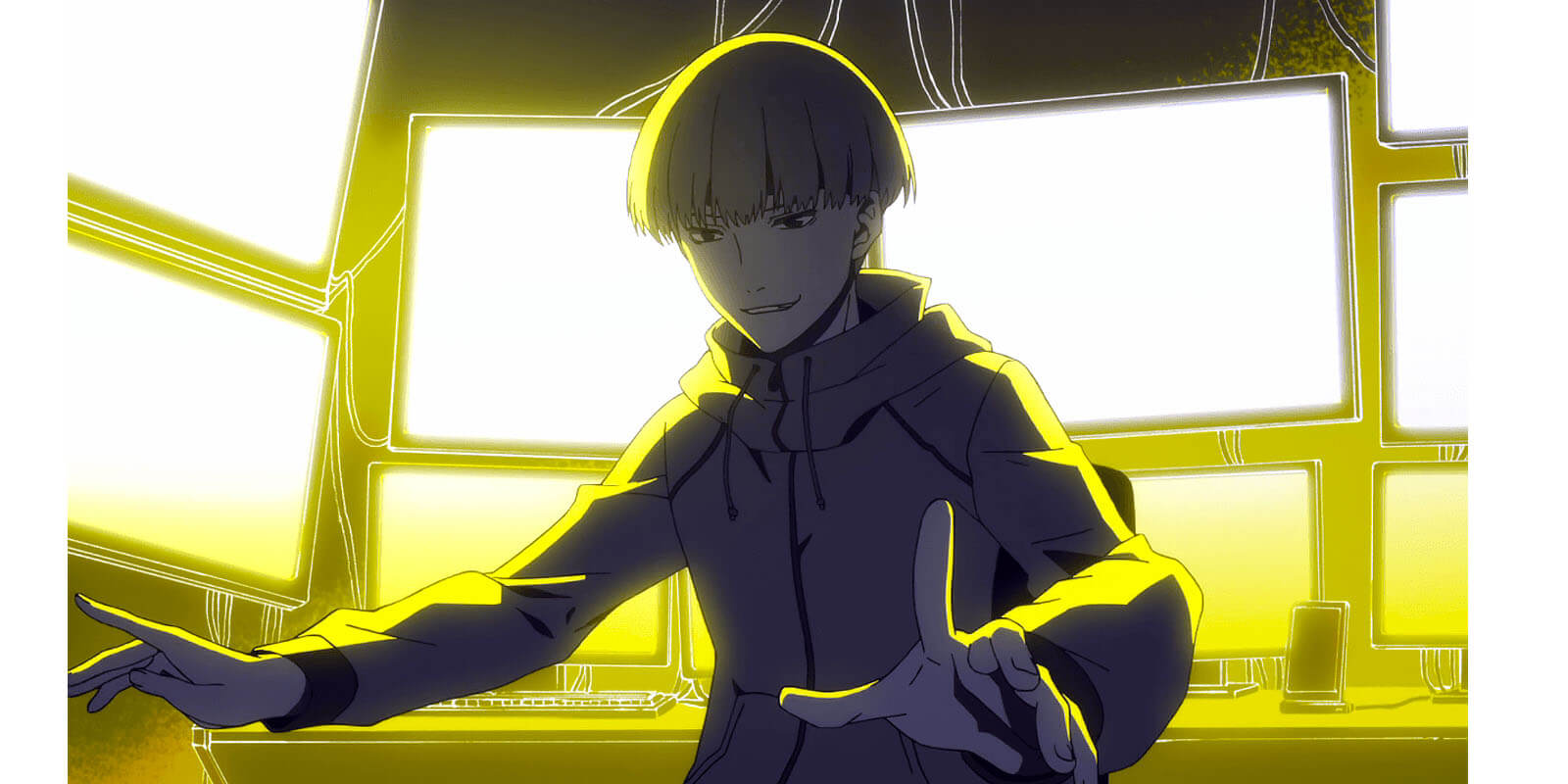
What was the hardest part in making the opening and ending?
Actually, it was pretty difficult to figure out what kind of action I should make the characters do in the opening. The director, Yasuda-san, told me that there wasn’t a lot of action scenes in the show, but as the music tempo was rather quick, I had to come up with something dynamic for the opening. The other problem I had was to find a balance while showing all the characters. Besides the Bamba/Rin duo, I didn’t know which characters I should focus on. Yasuda-san asked me to revise the storyboard to find a better balance between all the sub-characters.
It was easier to work on the ending. There is very little animation; most of the scene is based on still drawings that are synchronized with the music. The problem I encountered though was that I didn’t leave enough space to write the staff credits. I made a revision by rearranging the layout of a few cuts.
Are there any future projects on your list that we should expect to see within the animation industry?
I’m working on a show called “Cannon Busters”. It’s an anime series created by LeSean Thomas, an American animation artist, which is currently being produced in Japan. At the same time, I’m working on another unannounced original Japanese show that should surprise you. I also intend to start the development of new projects as soon as possible.
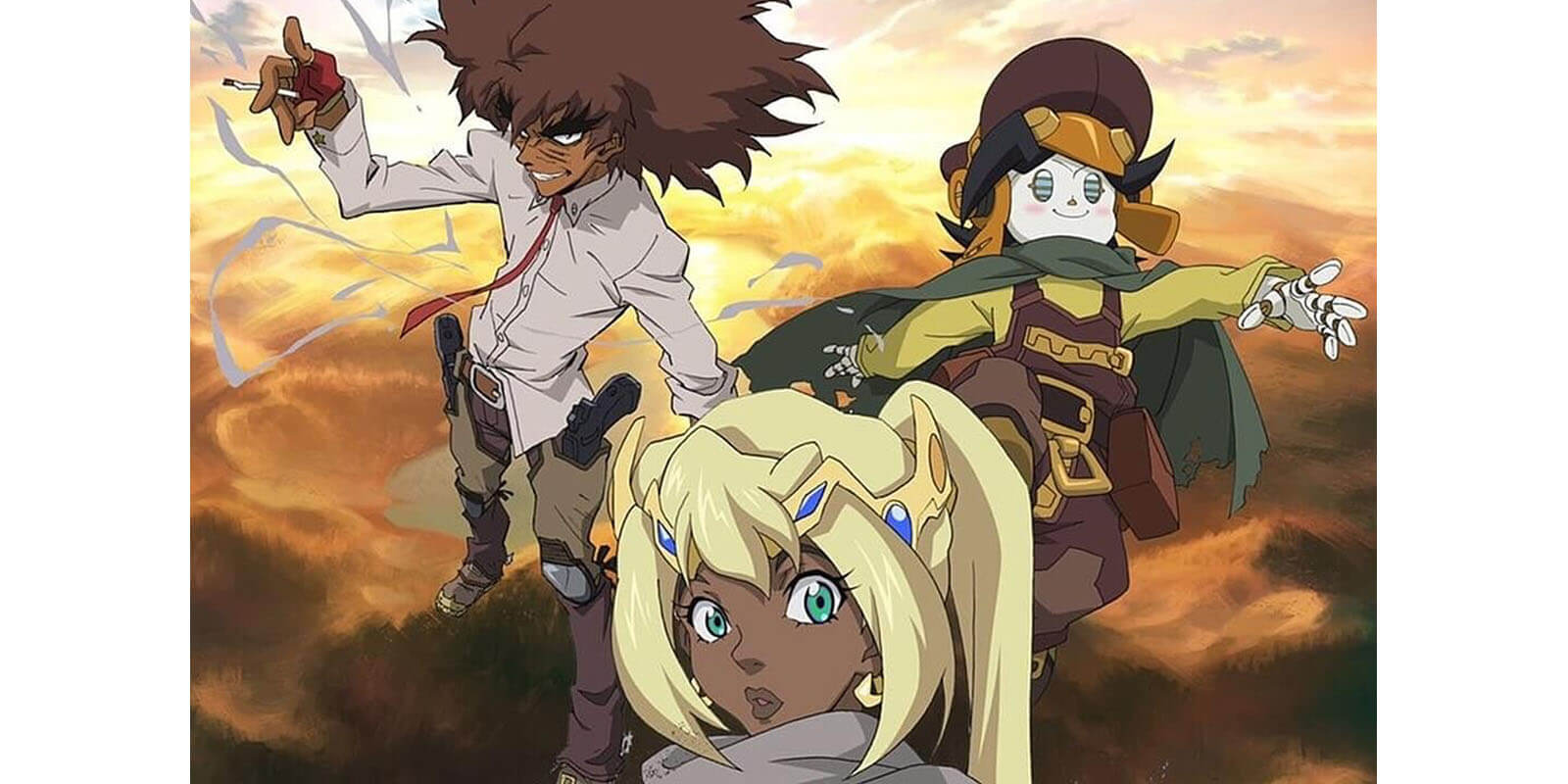
What is the next big goal you hope to achieve, either artistically or in your career?
My dream is to direct an original anime movie. I’m developing such a project, but unfortunately, it’s much more difficult than I expected. The creative side is hard to handle, and the business constraints are even more.
With your artbook finally on the market, how did you re-create the imagination behind your children’s drawings? Do your boys have any specific children’s shows they follow that benefits their creations?
I’m impressed by their ideas. Their drawings really inspire me. The design process challenges me as an artist, it makes me evolve in an interesting direction. Also, the project is becoming even deeper than I have thought in the first place, and its impact on social networks has been huge. I intend to continue, although I’ve been really busy recently with the promotion of the book.
Regarding the inspiration of my sons, it comes both from games, anime, manga, and real life (like plants and insects). They love anime adapted from Level 5 games, but also classics like Doraemon.
What kind of inspirational music do you use?
It really depends on the piece. I try to find music that fits with the mood of the design I intend to draw. It can range from JRPG soundtracks to easy listening. I also like tunes from the 90’s.
As a 3D animator, what are the biggest issues you encounter while delivering your work on time and maintaining the quality you expect? How does the production schedule, in general, affect that?
I’m not a 3D animator but I mainly work as a designer or art director. Japanese schedules are very tight. We have to be very efficient at what we do because we cannot afford to lose time. I have developed techniques to save time, but as I often work early on in the pre-production stage, I don’t actually suffer too much from the tight production schedules. It is much harder for the in-between animators or the compositing team. The closer you work to the delivery, the harder it gets.
Can you share some experiences from within the animation industry that affects those based on the labor laws in Japan?
Most of the people I know around me in Japan are putting their work before everything. They stay long hours at the studio, therefore I have the feeling they are not doing well in other parts of their lives, like building a family. For us Westerners, it feels like an unbalanced life, but I don’t judge them. This is a different working culture. Social links between people (from friends to lovers) are also very different.
One of the most striking things is that most Japanese cannot clearly say “no”. Animators and other staff members will accept hard working conditions and impossible schedules when they reasonably should negotiate better wages and decline bad job offers. On the production side, this mindset leads to bad management and scheduling. People work weeks without taking a single break, staying all night long at the studio. Them doing dozens of unpaid overwork is commonplace.
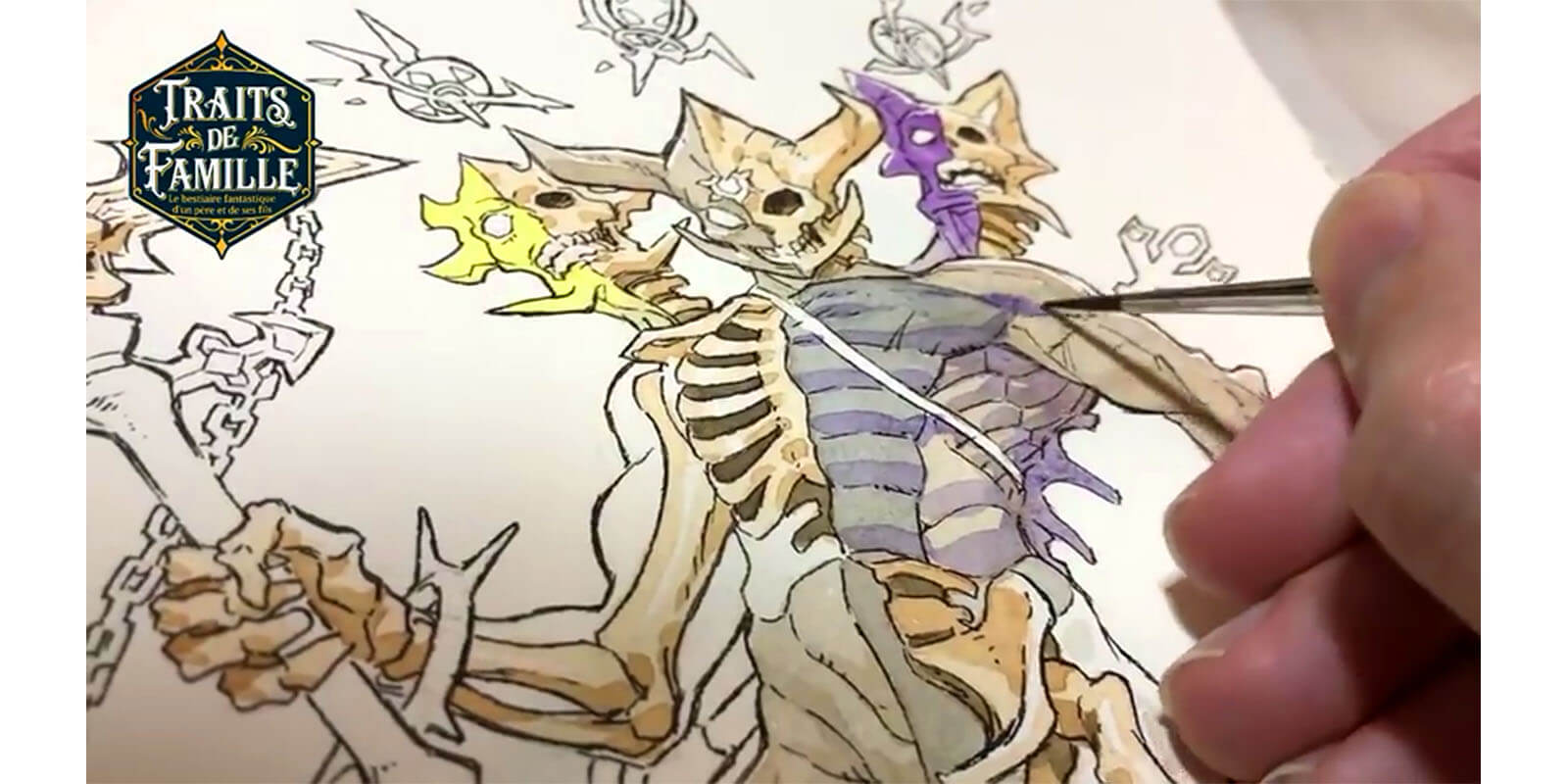
What’s the most difficult part of being an animator and artist in Japan?
I don’t think this is radically different from other countries, but the hardest part are the first years. When people start, they don’t have a skill set strong enough to be able to live from it. They have to progress very quickly in order to make it in this hard industry. Unfortunately, this is where lots of young fellows give up and never go back.
﹋﹋﹋﹋﹋﹋﹋
Thomas is currently selling “Traits de Famille” through Amazon.Fr; he also has a Patreon where you can get early access to his collaborations with his sons by pledging.
Thank you for those who submitted questions: Grant, Jessica_rmz2wd, and silenwaltz. Special thanks to Thomas Romain for allowing the interview to take place.
Editor’s Note: This interview was edited slightly for clarity.
﹋﹋﹋﹋﹋﹋﹋
Loved the interview? Check out more from our “Hi, I’m …” interview series!
Big thank you to our supporters
From their continous support, we are able to pay our team for their time and hard work on the site.
We have a Thank-You page dedicated to those who help us continue the work that we’ve been doing.
See our thank you page